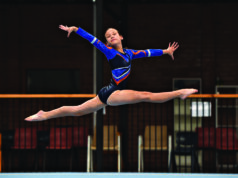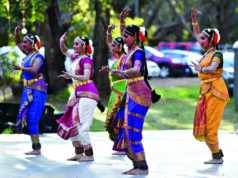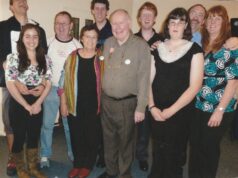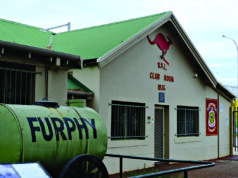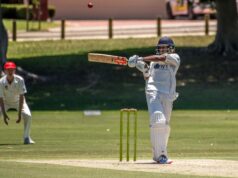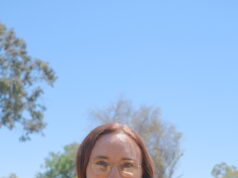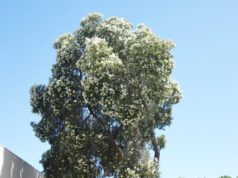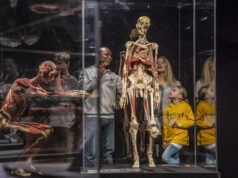
A sustainable trail is a good trail, says the secretary of Australia’s peak body for trail horse riders.
With more than 45 years of riding experience, Australian Trail Horse Riders Association’s (ATHRA) Mr Jackson said the trail should provide a high-quality visitor experience while protecting the trail and surrounding natural environment.
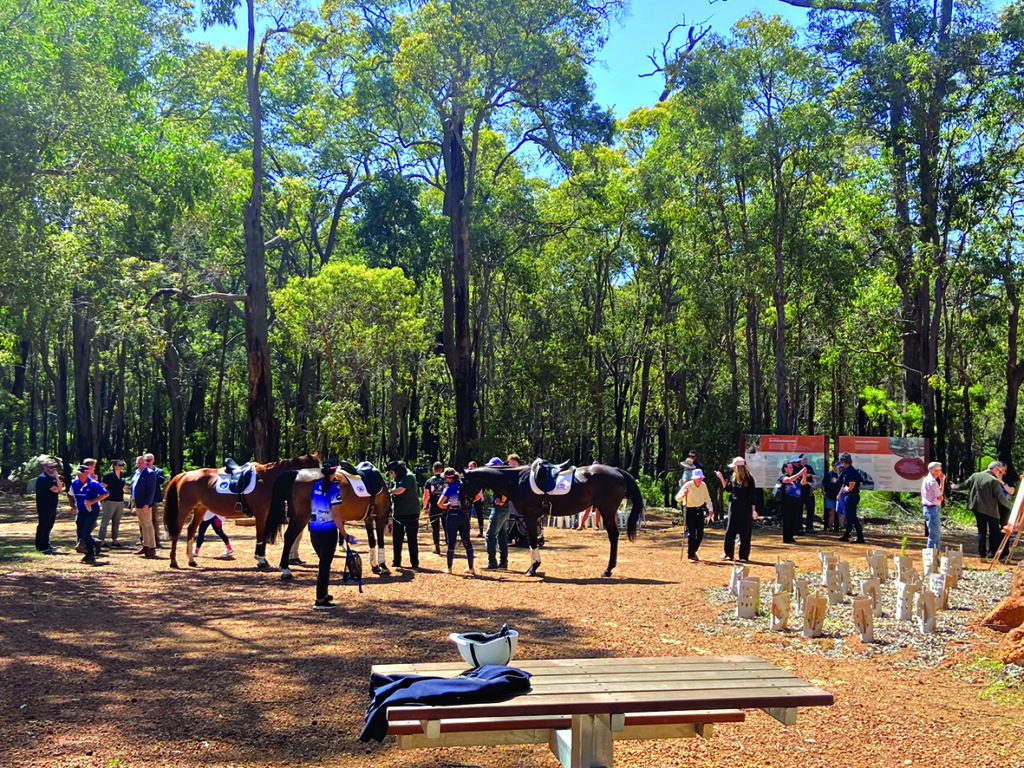
Mr Jackson welcomed the opening of two new horse trails in the Shire of Serpentine Jarrahdale, Whim and Jinker.
“These high-quality additions to the Horse Trail Network in Western Australia represent a watershed moment,” he said.
“They provide excellent new riding opportunities for recreational trail horse riders, to be shared with other users such as walkers and cyclists.
“They will contribute to the vitality of the regional community, supporting local businesses and tourism.
“They showcase strong collaboration between local, state and commonwealth governments in developing recreational trail horse riding infrastructure, with the Equine Advisory Group playing a pivotal advocacy role.
“(And) they are the first example of purpose-built horse trails designed and constructed using the WA horse trail management guidelines – an excellent model for other states and local governments.”
WA Horse Council chair Kathy Klein said the delivery of horse trails in WA were inconsistent and dependent on the priorities and capacity of individual local governments.
“Much more needs to be done, particularly in securing dedicated state and federal funding for trail planning, environmental management, signage, road-crossings and long-term maintenance,” Dr Klein said.
“Western Australia still lacks a coordinated statewide equine access strategy, despite the significant contribution horses make to recreation, wellbeing, tourism and local economies.
“Compared with Victoria, Queensland and NSW, WA has fewer dedicated, well-connected horse trails supported by state-level planning and investment.
“Other states benefit from formal outdoor recreation strategies and clearer recognition of equine access.”
The shire said the Whim trail was a five-kilometre loop ideal for beginner riders while the Jinker trail stretched 20km.
“The names Whim and Jinker are bedded in Jarrahdale’s history as a timber town,” the shire said.

“Over a century ago, large logs were hauled from the forest using basic machines such as jinkers and whims.
“They were then placed on forest landings where they were transported to the sawmill by steam train.
“Riders along the Jinker Trail will be following some parts of the old railway corridor.”
During his visit to WA this week, Mr Jackson said he noticed some of the state’s trails suffered from a lack of maintenance.
“(This) has led to unsafe conditions or made them unusable,” he said.
“In some areas, the proximity of other users, particularly vehicles, creates safety issues.
“There are also cases where land managers exclude horse riding for reasons that are often flawed or based on misconceptions.”
SJ Shire President Rob Coales said the new trails were on land managed by the Department of Biodiversity, Conservation and Attractions (DBCA) and would therefore be managed and maintained by the department.
“The trail isn’t monitored via CCTV or other means, however, the shire worked with the local equine community to ensure a sense of ownership and responsibility for the trails.
“Trail users are encouraged to report any issues so they can be addressed in a timely manner.”
Mr Jackson said the new Jarrahdale trails showed a strong focus on environmental protection.
“The key to preserving biodiversity is an ongoing commitment to active management, including: regular weed control, erosion management and surface repair, maintenance of infrastructure (and) continued monitoring and responsive action to environmental pressures,” he said.
Photographs – WA Horse Council.


